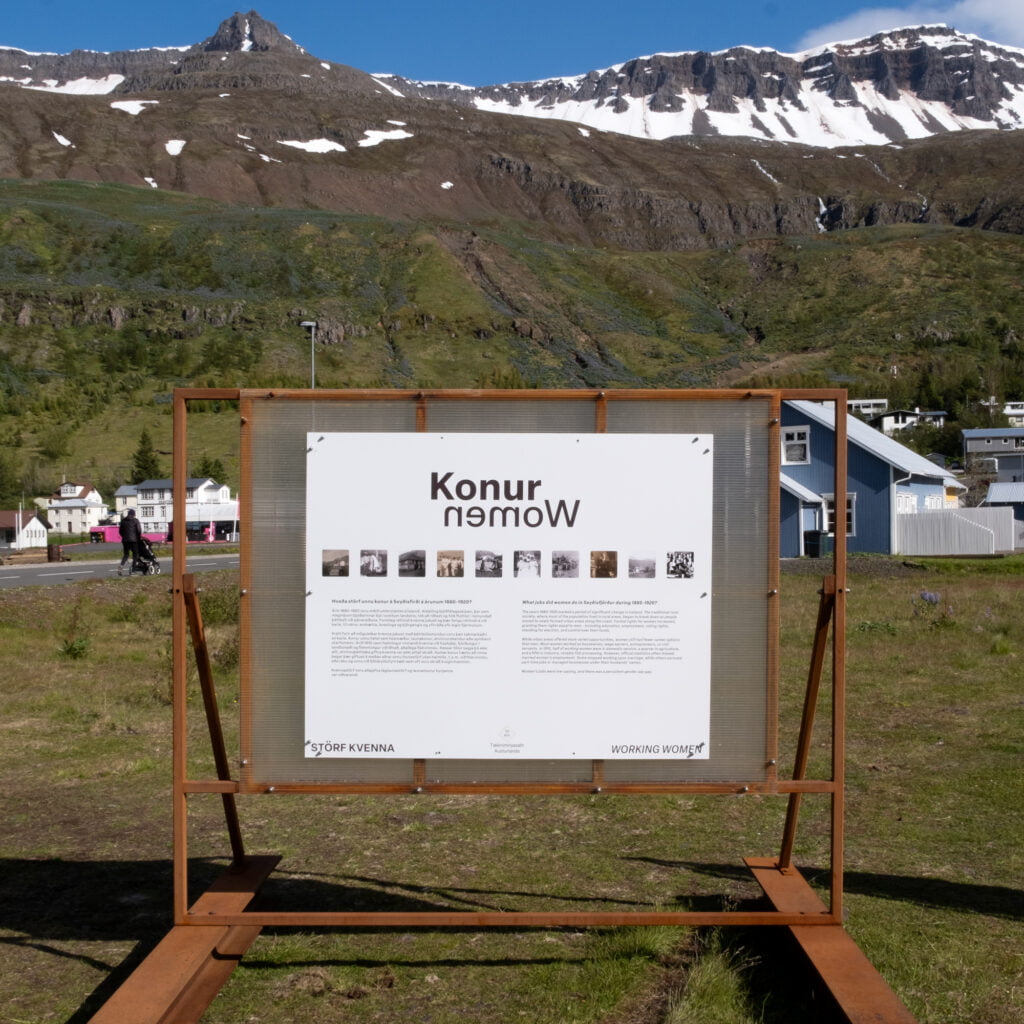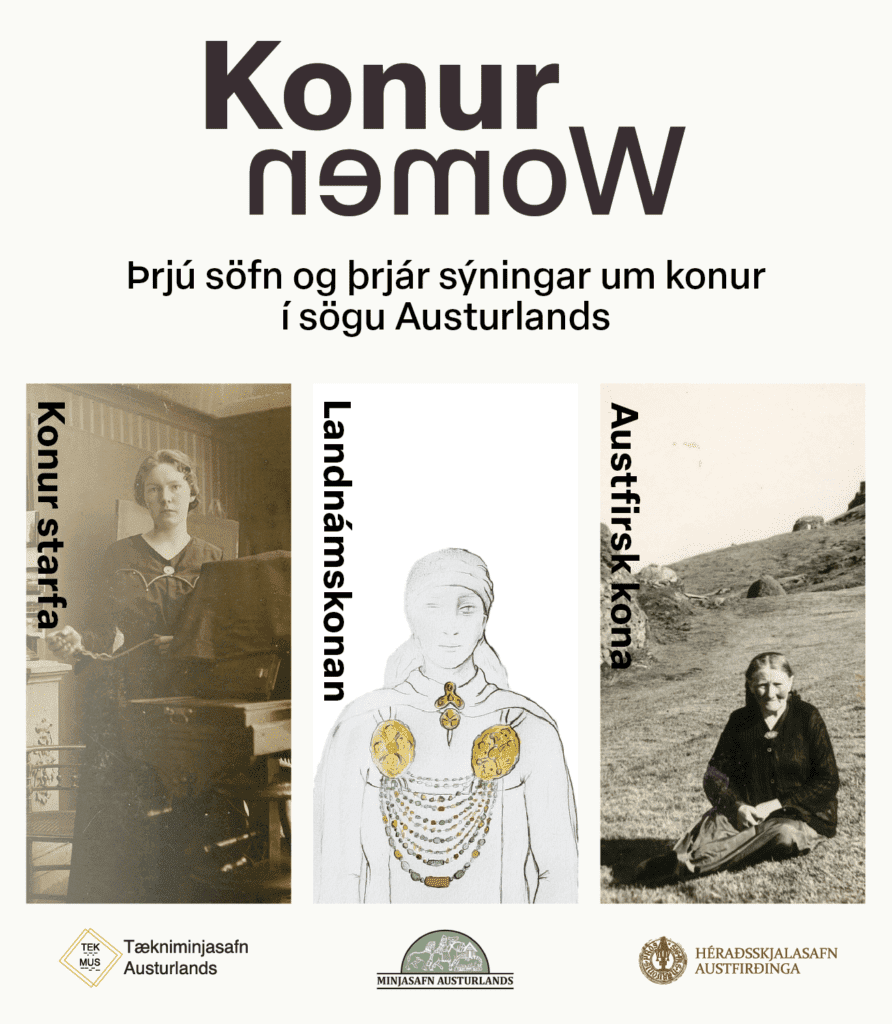What jobs did women in Seyðisfjörður do in the years 1880-1920?
The years 1880-1920 marked a period of significant change in Iceland. The traditional rural society, where most of the population lived in rural areas, began to break down as people moved to newly formed urban areas along the coast. Formal rights for women increased, granting them rights equal to men – including education, employment, voting rights, standing for election, and control over their funds.
Although women’s opportunities increased with urbanization, they were more limited than men’s. Most women worked as housewives, wage earners, entrepreneurs, or civil servants. In 1910, half of working women were in domestic service, a quarter in agriculture, and a fifth in industry, notably fish processing. However, official statistics often missed married women’s employment. Some stopped working upon marriage, while others pursued part-time jobs or managed businesses under their husbands’ names.
Women’s jobs were low-paying, and there was a persistent gender pay gap.

About the exhibitions.
The summer of 2024, three East Iceland institutions – the East Iceland Heritage Museum, the East Iceland Archives, and the Technical Museum of East Iceland – proudly present exhibitions on the theme “Women,” celebrating their vital contributions throughout East Iceland’s history.

The Technical Museum showcases the diverse jobs of women in Seyðisfjörður around 1900, focusing on their experiences and economic contributions.
Curator: Elfa Hlín Sigrúnar Pétursdóttir
Graphic design: Ingvi Örn Þorsteinsson
Photographs: Héraðsskjalasafn Austfirðinga og Þjóðminjasafn Íslands
The Heritage Museum reveals women’s roles in early Seyðisfjörður through archaeological artifacts. The exhibition is a cooperation between the Heritage Museum, Antikva, The University of Iceland Research Centre in East Iceland and The National Museum of Iceland.
Curator: Rúna K. Tetzschner
Exhibition design: Hanna Christel Sigurkarlsdóttir
Committee: Elsa Guðný Björgvinsdóttir, Ragnheiður Traustadóttir and Rannveig Þórhallsdóttir.
Graphic design: Ingvi Örn Þorsteinsson
The Archives tell the story of a 20th- century working-class woman, teacher, and poet from rural Fljótsdalur.
Curator: Stefán Bogi Sveinsson
Exhibition design: Hanna Christel Sigurkarlsdóttir
Graphic design: Ingvi Örn Þorsteinsson
Voices: Arndís Þorvaldsdóttir, Elsa Guðný Björgvinsdóttir and Hekla Pálmadóttir.
Together, these exhibitions honor the legacy of women in East Iceland, offering a rich perspective on their historical impact.

